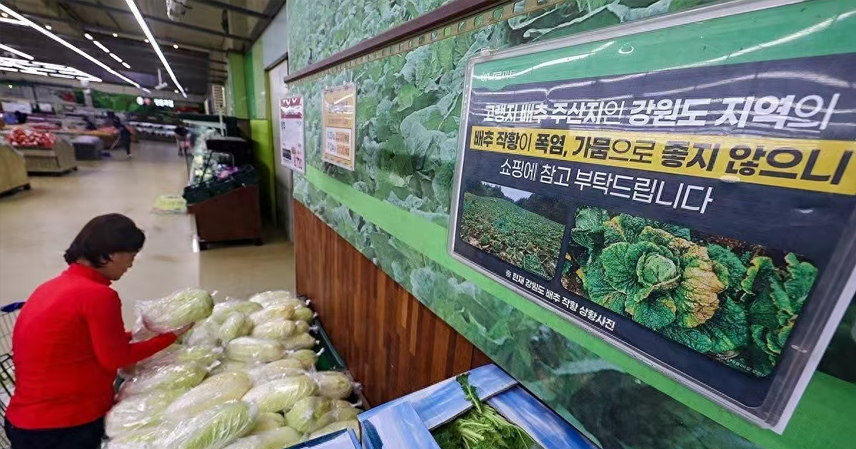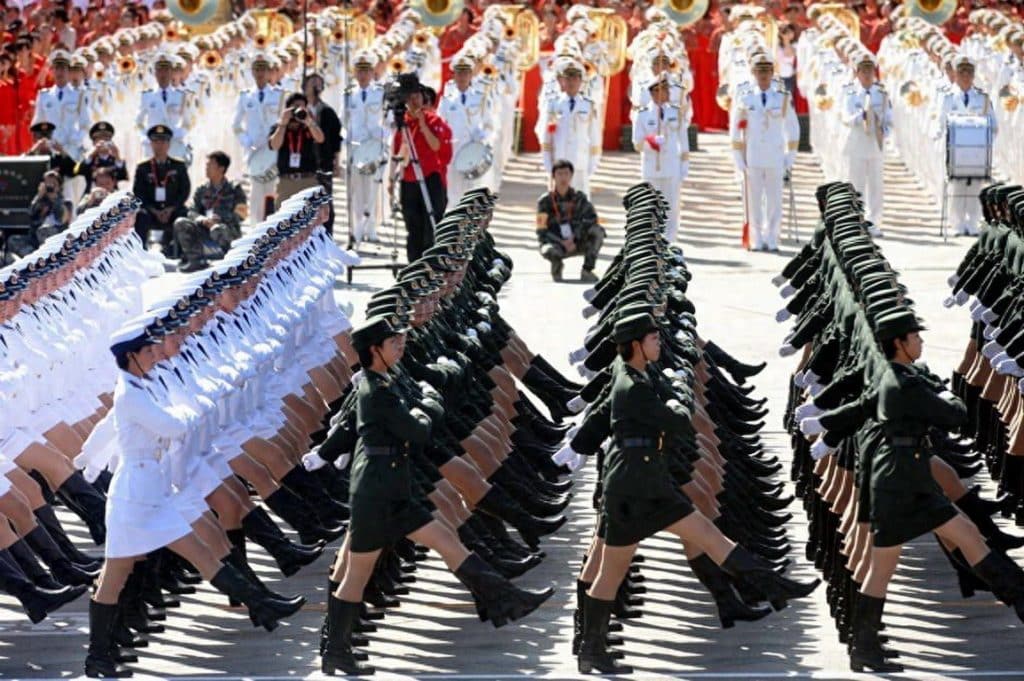A South Korean think tank recently floated a bold idea: if China can halt US soybean imports as a trade weapon, why can’t South Korea stop buying Chinese cabbage? At first glance, it sounds like a tit-for-tat strategy. But dig into the numbers, and this comparison falls apart faster than overcooked kimchi. South Korea’s reliance on Chinese cabbage imports is a lifeline for its food security, while China’s cabbage exports are a mere drop in its trade bucket. Here’s why this proposed countermeasure is more likely to hurt Seoul than Beijing.
The Mismatched Trade Logic
China’s ability to shun US soybeans works because America leans heavily on the Chinese market, exporting about 40% of its soybeans there, while China has alternatives like Brazil and Argentina. In contrast, South Korea’s cabbage market tells a different story. The country consumes around 2 million tons of cabbage annually, with 200,000 to 250,000 tons imported—99% of which comes from China. This isn’t a casual trade; it’s a necessity baked into South Korea’s food culture, especially for kimchi production.
Meanwhile, China produces a staggering 100 million tons of cabbage yearly, mostly for domestic use. Its 2024 exports to South Korea—50,000 tons valued at roughly $17 million—represent a microscopic 0.0005% of China’s $3.4 trillion export economy. If South Korea stopped importing, China’s cabbage industry would barely notice. The asymmetry is stark: South Korea’s “counterstrike” would be like flicking a pebble at a mountain.
South Korea’s Cabbage Crunch
South Korea’s domestic cabbage supply is shaky at best. Extreme weather—think typhoons and heatwaves—routinely disrupts local production. In September 2024, a single cabbage hit 8,000-10,000 KRW ($5.70-$7.10), nearly five times the usual price. Flashback to 2010: a 40% production drop sent prices soaring sixfold, forcing even the presidential palace to swap cabbage for lettuce in kimchi. In 2024 alone, Seoul slashed its 27% cabbage import tariff to zero for the fifth time to secure Chinese supply.
Finding alternatives? Easier said than done. Cabbage is perishable, and shipping costs from distant suppliers—like Japan or Southeast Asia—are steep. Shandong province alone churns out 16 million tons annually, enough to cover South Korea’s needs for eight years. No nearby country matches China’s scale or affordability.
Kimchi’s Hidden Chinese Roots
The stakes go beyond raw cabbage. South Korea imported 280,000 tons of kimchi from China in 2023, worth $230 million, while exporting just 40,000 tons globally. About 40% of the cabbage in that imported kimchi? Also from China. A boycott would choke South Korea’s kimchi industry, spiking prices and risking shortages of a cultural staple. Consumers would face the brunt—think pricier grocery bills and empty shelves.
A Self-Inflicted Wound
China’s soybean strategy targets a US economic pillar while securing fallback options. South Korea’s cabbage gambit, however, would kneecap its own food security without denting China’s economy. It’s a lopsided equation: Seoul’s reliance is existential; Beijing’s stake is negligible. As global trade tensions simmer, South Korea needs pragmatic moves, not symbolic gestures that backfire. Skyrocketing cabbage prices or a kimchi crisis? That’s a recipe for domestic discontent, not a geopolitical win.
References
- USDA Foreign Agricultural Service. (2024). China’s Soybean Imports and Trade Dynamics.
- Korea Customs Service. (2024). Vegetable Import Statistics.
- Xinhua. (2024). China’s Agricultural Output and Exports.
- Yonhap News. (2024). South Korea Faces Rising Vegetable Prices Amid Weather Disruptions.
- JoongAng Ilbo. (2010). Cabbage Price Surge Sparks Kimchi Crisis.
- Ministry of Agriculture, Food and Rural Affairs, South Korea. (2024). Tariff Adjustments for Vegetable Imports.
- Shandong Agricultural Bureau. (2024). Regional Vegetable Production Report.
- Korea International Trade Association. (2023). Kimchi Trade Statistics.
- Food and Agriculture Organization. (2023). Global Vegetable Supply Chains.



